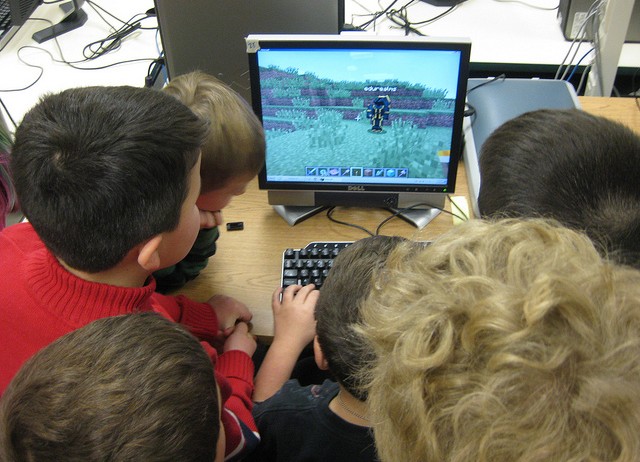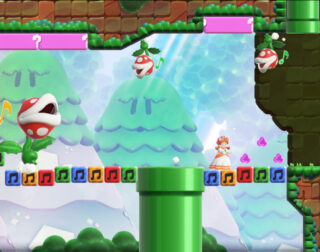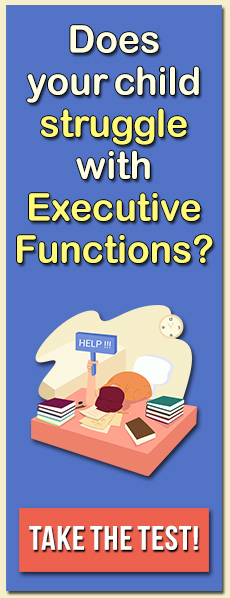 The following post was written by one of our contributors, Jeffrey Brusini, who—in addition to being an attorney and progressing towards his Ph.D in psychology—is the Director of Mount Pleasant Academy in Providence, RI. A school and day treatment facility for children diagnosed with autism, ADHD, and other disorders, Mt. Pleasant is a leader in optimizing the use of video games, apps, and technology for teaching social and emotional problem solving skills.
The following post was written by one of our contributors, Jeffrey Brusini, who—in addition to being an attorney and progressing towards his Ph.D in psychology—is the Director of Mount Pleasant Academy in Providence, RI. A school and day treatment facility for children diagnosed with autism, ADHD, and other disorders, Mt. Pleasant is a leader in optimizing the use of video games, apps, and technology for teaching social and emotional problem solving skills.
If you are a parent, educator, or child care professional, you probably hear about Minecraft on a daily basis. When Minecraft was introduced in 2009, most of its players were teenagers. But these days it is common to find children as young as five or six who are devoted Minecraft players. You might be aware that Minecraft is now being used in thousands of classrooms across the world as a tool for teaching history, science, math, social studies, executive functions, and technical ability. You may also have heard that Microsoft paid $2.5 billion for Minecraft last year—not just because it’s a great game, but because they see its potential for education, social networking,and developing 21st-century digital literacy skills like coding and programming. This trend convinced me that Minecraft had a place in teaching problem-solving and self-management skills (widely known as executive functions) to special needs kids at the Mount Pleasant Academy.
I have two younger brothers, one three years my junior, and one 37 years younger than I am. No, that’s not a typo! Nicholas is twelve and a big fan of lacrosse, the New England Patriots, Harry Potter, Star Wars, Dr. Who (ditto on the latter two!), and is “obsessed” with Minecraft.
I recently had dinner with my dad and two brothers. As my dad and adult sibling talked about the Tom Brady/Roger Goodell conflict in the NFL (zzzzzz), I noticed Nicholas’ t-shirt and asked, “So, Nick, how many hours a day do you play Minecraft?” His eyes became as big as plates at that question, and as he sat straight up he smiled and said, “You know about Minecraft?”
“I know some,” I replied, “Creepers, endermen, pigs, ghasts, sheep—that kind of stuff.” Just like that, I had his full attention. “Do you play it?!” he asked.
“No,” I admitted, “I tried once, but I don’t really get how to do it.” He clearly felt my pain, thought for a minute, and then in an obvious effort to console me, offered, “Most adults have problems with it, because when you think about it, it doesn’t really make sense at first. I mean, why would you think of punching a tree to get wood to build things, right? Unless you play, you wouldn’t expect to know that.”
I agreed, and then asked him how he knew how to do things like that, since playing Minecraft, at least initially, is not an intuitive process, and it really comes with no “directions.”
“You kind of just do it,” he explained. “As you do it, you figure it out. Almost every time I play I learn something new.”
I am not a video game novice. I spent a majority of my grad school days mastering old school Mario, can hold my own in any LEGO Wii game, and I often shout, “I got blisters on my fingers,” after an especially active bout of Guitar Hero. So I thought about what Nicholas said, and true enough, I never once opened up the little instruction booklet that came with any video game I ever bought. It’s all about just doing it and figuring it out as you go.
When I had a chance to think about this further, I realized that I should combine my long-standing interest in video games with my role as the Director of Mount Pleasant Academy, a day treatment facility and school for children diagnosed with autism, ADHD, and other psychiatric disorders. I recognized how readily engaged our students would be if we could use Minecraft not only as a reward for appropriate behavior in the classroom, but as a tool for teaching them skills such as collaboration, self-control, flexibility, and planning. In the forthcoming series of blogs, I will share some of our experiences in using Minecraft at Mt. Pleasant to help children with autism, Asperger’s, ADHD, and behavioral disorders. I can tell you right now that this intervention has been one of the most powerful tools that we have ever used to improve behavior at the Mount Pleasant Academy.







